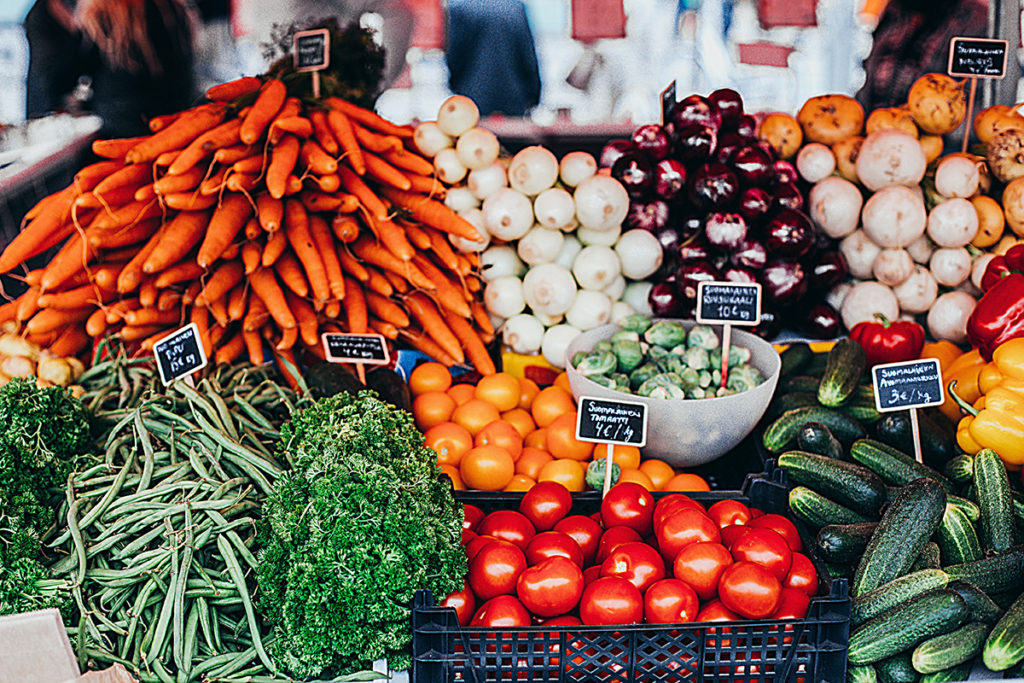You know that vitamin C is good for you. It is necessary for the growth, development and repair of all your body tissues, and it plays a role in the healthy functioning of your immune system. But evidence shows that the RDA—90mg for men and 75mg for women—may be woefully inadequate. And if you are suffering from certain types of cancer or sepsis, vitamin C may be the key to recovery.
The Gluten Free RN is joined by vitamin C researcher Alex Michaels from the Linus Pauling Institute at Oregon State University to discuss the latest developments in vitamin C, explaining how intravenous vitamin C works to kill certain cancer cells and reverses the organ failure associated with sepsis. He also covers the difference between vitamin C inadequacy and vitamin C deficiency and the debilitating symptoms of scurvy.
Nadine and Alex speak to the best food sources of vitamin C and how it impacts other vitamins and minerals like iron and copper. Alex offers his advice around how much vitamin C you should get on a daily basis and explains why synthetic and natural vitamin C are identical. Learn about the LPI mission to determine the optimal ranges of micronutrients and phytochemicals you should be getting on a daily basis and how you can benefit from their research!
What’s Discussed:
Micronutrients vs. macronutrients
- Micronutrients are vitamins, essential minerals needed in small amounts (milligrams or micrograms/day)
- Macronutrients include fats, carbs and proteins (grams/day)
- Phytochemicals come from plants, affect health but not essential nutrients
The difference between intravenous and oral vitamin C
- Intravenous bypasses GI system, high concentration in bloodstream (up to 100 grams)
- Body can only absorb certain amount of oral vitamin C, inflammation may prevent absorption
Vitamin C’s resurgence as a cancer therapy
- High levels of intravenous vitamin C can covert oxygen to hydrogen peroxide
- Hydrogen peroxide floods and kills some cancer cells (e.g.: pancreatic tumors)
Vitamin C’s role in the treatment of sepsis
- Reverses organ failure, decreases inflammation
- May restore vitamin C to normal levels, protect from negative effects of iron
The availability of intravenous vitamin C
- Difficult to obtain, naturopaths usually have dedicated supplier
- More readily available in Australia, New Zealand
The fundamentals of scurvy
- Defined as deficiency in vitamin C
- Symptoms include bleeding gums, corkscrew hair growth, open wounds, malaise and low energy
- Very rare in western world, would have to go without any fruits or vegetables for months
- May have vitamin C inadequacy without any outward signs of problem
The best food sources of vitamin C
- Chili peppers
- Tropical fruits (papayas, Kakadu plum, camu camu)
Factors that are known to denigrate vitamin C
- Heat, light and air
- Mechanical disruption (i.e.: juicer)
- Basic pH (anything above 7)
- Enzymatic factors
- Iron, copper
How vitamin C impacts other vitamins and minerals
- Enhances iron absorption, some must be careful of iron overload
- Synthetic vitamin C may deplete copper concentration
Alex’s take on the appropriate daily intake of vitamin C
- 400 mg/day recommended
- RDA much too low
Resources:
Micronutrient Information Center
Biochemical, Physiological, and Molecular Aspects of Human Nutrition by Martha H. Stipanuk PhD and Marie A. Caudill
Cancer and Vitamin C by Ewan Cameron and Linus Pauling
Connect with Nadine:
‘Your Skin on Gluten’ on YouTube
Books by Nadine:
Dough Nation: A Nurse’s Memoir of Celiac Disease from Missed Diagnosis to Food and Health Activism


